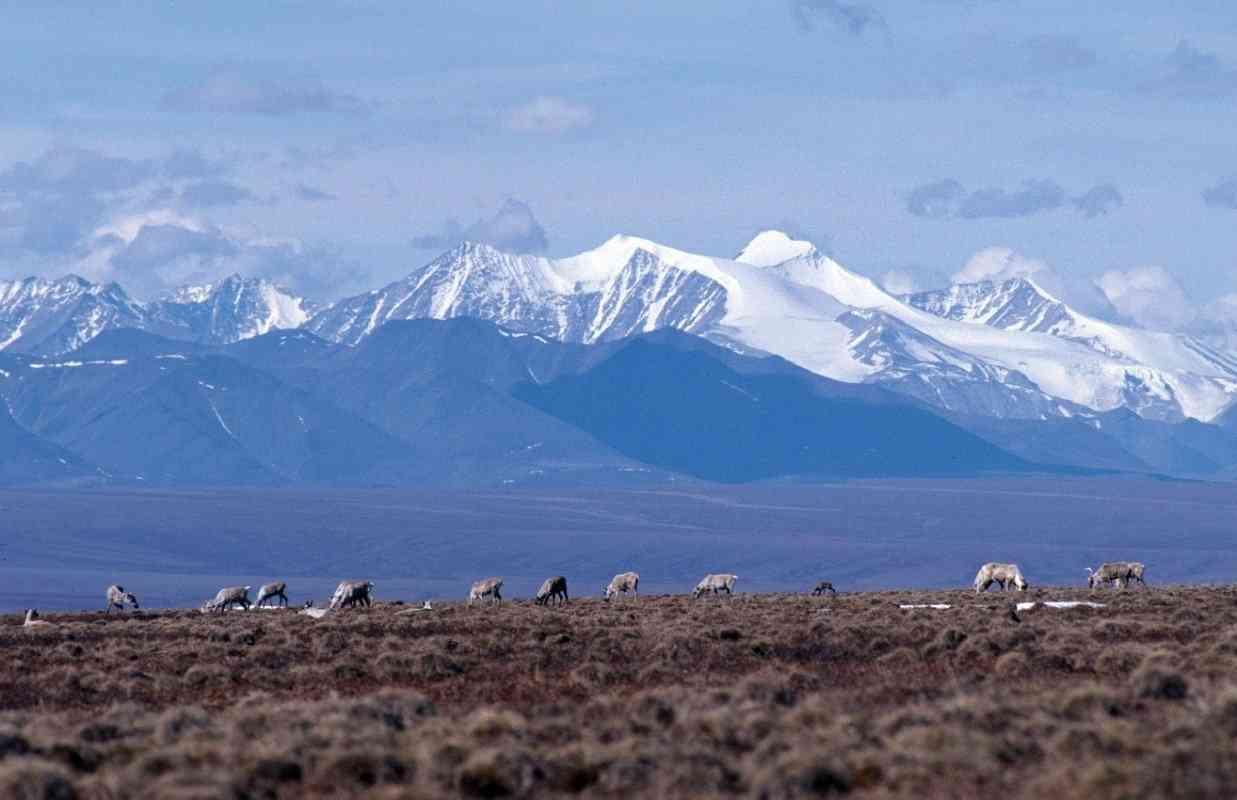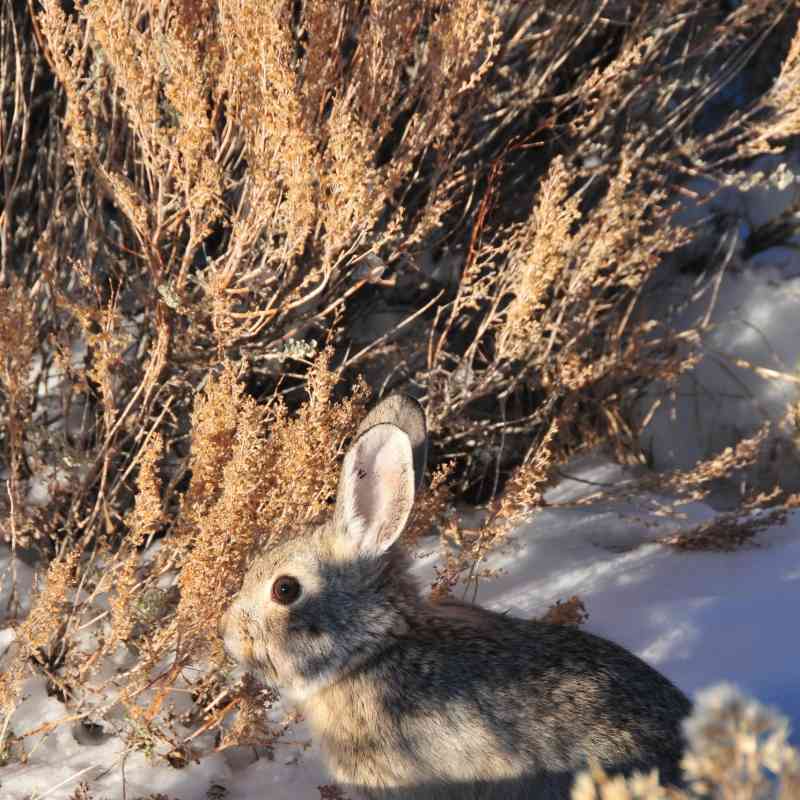FOR IMMEDIATE RELEASE
CONTACT: Haley McKey, 202-772-0247, hmckey@defenders.org
WASHINGTON – The House and Senate begin their conference of the final tax reform bill today. Earlier this month, the Senate finalized their version of the bill which includes opening the Arctic National Wildlife Refuge to oil drilling. The conferencing process is now the final opportunity for lawmakers to remove Arctic refuge drilling from the tax reform bill. A recent survey showed that 70 percent of Americans oppose drilling in the Arctic refuge, and a Reuters poll shows that nearly half of Americans oppose the tax reform bill, even as it approaches the final stages of the legislative process.
Robert Dewey, vice president of government relations for Defenders of Wildlife, issued this statement:
“This is Congress’ last chance to avert the grave betrayal of our nation’s conservation legacy. The only thing less popular with the American people than the tax reform bill itself is drilling in the Arctic National Wildlife Refuge. The conference process should be where controversial and erroneous provisions like this one end up in their rightful place: on the cutting-room floor. We implore lawmakers in the House and Senate to stand up for native communities, polar bears, caribou, migratory birds and the fragile ecology of the Arctic refuge – a place like nowhere else on earth.”
Background
The Importance of the Arctic Refuge
The Arctic National Wildlife Refuge comprises approximately 19.6 million acres of public lands and water in northeastern Alaska.
- The coastal plain, where drilling would occur, is the biological heart of the refuge. Oil development would irreparably damage this vital landscape. The wilderness and habitat values would be forever destroyed by an industrial complex, replete with oil spills, leaks and pollution. Pipelines, drill rigs, buildings and other infrastructure accompanied by the noise of industrial development would threaten iconic wildlife and imperil sensitive species that call the refuge home.
- The Arctic refuge contains vital nesting habitat for hundreds of species of migratory birds from all 50 states and six continents; the most important onshore denning habitat for threatened polar bears in the United States; spawning streams for Dolly Varden and other valued fish species; and room to roam for caribou, wolves, muskoxen, Dall sheep, Arctic foxes and many other wildlife species.
- Most of the Arctic refuge’s coastal plain is designated critical habitat for imperiled polar bears. Mother polar bears with cubs are increasingly dependent on this area as annual sea ice melts more quickly due to a warming climate. The coastal plain is also the principal calving ground for the nearly 200,000-strong Porcupine caribou herd, which migrates hundreds of miles to birth and raise their young in the refuge each year.
- President Dwight D. Eisenhower first set aside much of the refuge in 1960. Congress later affirmed and expanded the refuge in the Alaska National Interest Lands Conservation Act in 1980. Now about the size of South Carolina, the Arctic refuge preserves one of the largest intact ecosystems in the world. Approximately 40 percent of the refuge, mostly in the Brooks Range, is designated as wilderness to help permanently protect this treasured landscape.
Sacrificing a National Treasure Behind Closed Doors
- This contentious legislation has been attached to the tax reform reconciliation bill, allowing it to bypass a filibuster in the Senate.
- Tucking this legislation into the budget process violates regular order and precludes full public discussion of this issue. Adding such a high-profile, divisive provision to the tax reform bill has nothing to do with tax reform and circumvents full and fair debate in the Congress.
- Industrializing America’s greatest national wildlife refuge deserves full public debate. Two out of three Americans support protecting the Arctic refuge.
A Budget Scam
- The Arctic refuge drilling provision is about changing policy, not raising revenue. It should not have been included in the budget process and should not be included in an unrelated tax reform bill.
- Refuge drilling would produce scant revenue to the U.S. Treasury, and nothing close to the projected $1.8 billion suggested by the president’s current budget proposal. A recent economic analysis by the Center for American Progress found that Arctic refuge drilling would only raise $37.5 million for the U.S. Treasury, at most, in the first decade. In fact, oil leasing in the refuge would only produce a paltry $7.5 million, if Alaska successfully sues to claim 90 percent of leasing revenues available under applicable law.
- The FY 18 budget resolution passed by Congress would increase the federal debt by $1.5 trillion – meaning that the sale of Arctic refuge leases and royalties would recoup a fraction of one percent of the projected deficit in the "best case" scenario. And that calculation generously assumes that every single acre of the coastal plain would be sold for drilling, which is highly unlikely.
###
Defenders of Wildlife is dedicated to the protection of all native animals and plants in their natural communities. With nearly 1.2 million members and activists, Defenders of Wildlife is a leading advocate for innovative solutions to safeguard our wildlife heritage for generations to come. For more information, visit Newsroom.Defenders.org and follow us on Twitter @DefendersNews.
Defenders of Wildlife is celebrating 75 years of protecting all native animals and plants in their natural communities. With a nationwide network of nearly 2.2 million members and activists, Defenders of Wildlife is a leading advocate for innovative solutions to safeguard our wildlife heritage for generations to come. For more information, visit defenders.org/newsroom and follow us on Twitter @Defenders.

